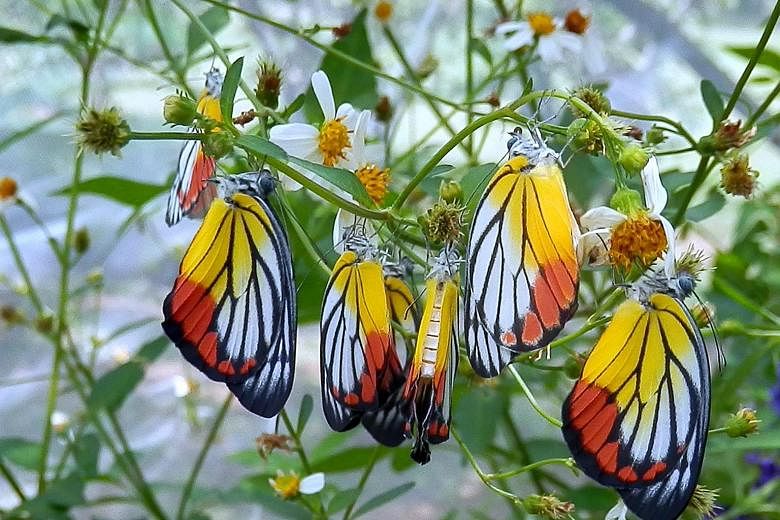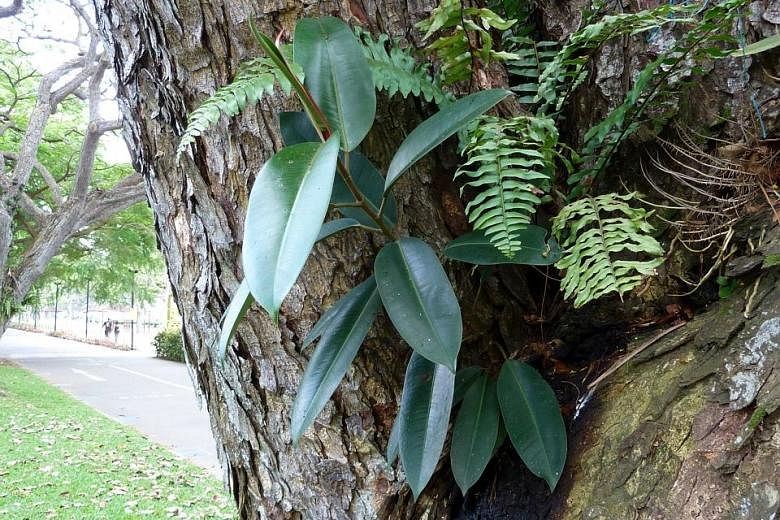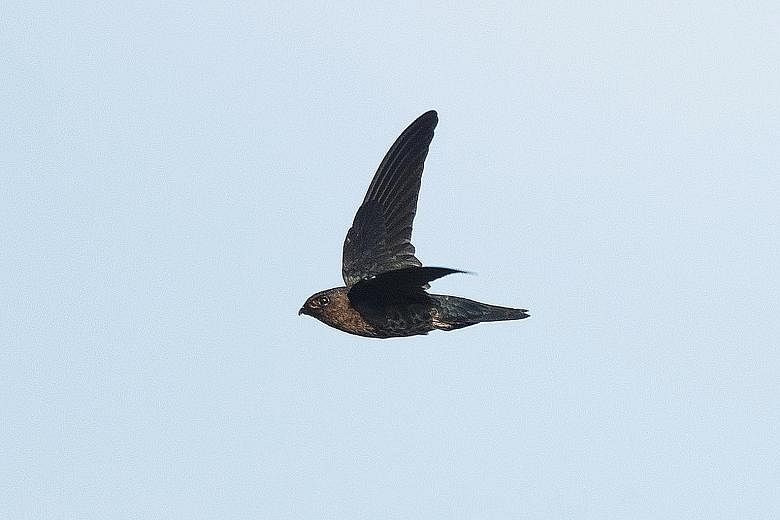CLASSIFYING SWIFTLETS
White-bellied swiftlets of the Collocalia esculenta complex - a group of closely related species - comprise a wide range of swiftlets distributed throughout the tropical Indo-Pacific region, from archipelagos in the Indian Ocean to the west Pacific Ocean. Classifying the varied birds is a challenge, given how similar they appear.
Assistant Professor Frank Rheindt and Ms Keren Sadanandan, from the Department of Biological Sciences at the National University of Singapore Faculty of Science, together with international collaborators, recently analysed the evolutionary history of these Indo-Pacific swiftlets, detailing the different species across the region. The team combined new biometric measurements and results from plumage assessment of museum specimens with new as well as previously published molecular data about the birds.
The team drew their data from 809 birds. During this process, the researchers found and described two new subspecies, as well as elevated eight subspecies to species level forms.
This included the Collocalia affinis, which can be found in Singapore and its immediate neighbouring region, which was formerly misclassified. It had previously been thought to be a subspecies of the glossy swiftlet but the team's analysis showed that the bird is in fact its own species, which the team have named the plume-toed swiftlet, for its distinctive feathered toe.
COEVOLUTIONARY RELATIONSHIP BETWEEN THE INDIA RUBBER AND ITS FIG WASP
Figs - plants from the genus Ficus - have a coevolutionary relationship with wasps, a strongly coupled relationship developed over time. Each fig species is usually pollinated by just one wasp species. The extinction of the wasp species therefore has dire consequences for the fig species as the plant would not be able to produce ripe fruit again.
Since the 1930s, the India rubber Ficus elastica was thought to be no longer capable of sexual reproduction because its fig wasp was thought to have been extinct. The India rubber is commonly cultivated as an ornamental plant today.
However, about 12 years ago, NUS researchers observed seedlings of the India rubber appearing around larger trees, and suspected that either the original wasp species had reappeared, or a new wasp species had taken on the role of pollinator.
In an investigation involving fig and wasp experts from various countries, including NUS researchers Dr Chong Kwek Yan and Associate Professor Hugh Tan, the research team confirmed that it was the original known pollinator, Platyscapa clavigera, that had resumed its partnership with the fig.
The fact that the India rubber was not observed to be pollinated by other wasps for more than seven decades in the region, despite many available adults grown in cultivation, illustrates the strength of this coevolutionary relationship.
EVOLUTION OF COLOURS IN BUTTERFLY WINGS
Earlier this year, NUS researchers unravelled the mystery behind the bright red and yellow colours of the painted jezebel, a butterfly that is commonly found in urban and forested landscapes throughout the Asia-Pacific region, including Singapore.
The study by NUS researchers Associate Professor Antónia Monteiro and Miss Jocelyn Wee determined that red is a novel colour that originated within this lineage of butterfly and is potentially more effective in keeping predators at bay.
Their field experiments showed that the red and yellow colours on the ventral wings of the painted jezebel serve as warning signals to predators, and demonstrated how predators can play a critical role in affecting the evolution of warning colours.
By mapping the wing colours of butterflies in the Delias genus, which the painted jezebel belongs to, the team observed that the red colour was a novel trait that appeared in later lineages.



